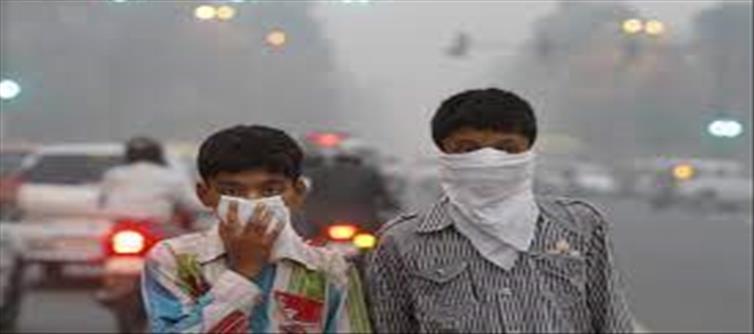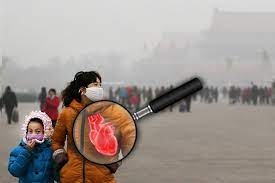
Air pollution kills 20 lakh people in india annually..?

The world is starting to face significant challenges due to air pollution. According to recent research published in "The BMJ" (The british Medical Journal), air pollution claims the lives of twenty lakh indians annually. air pollution is becoming a major global issue year after year. According to the same study, air pollution claims the lives of 5.1 million, or 51 lakh, people annually worldwide. which places india in second place and china in first. This indicates that china leads the world in the quantity of air pollution-related deaths, with india ranking second.
According to research, using fossil fuels for transportation, industry, and electricity generation is what primarily causes air pollution. According to the researchers, this represents 61% of the 8.3 million estimated global deaths in 2019 attributed to outdoor air pollution from all sources that could have been prevented by switching to clean, renewable energy instead of fossil fuels.
How are people dying from air pollution?
The findings of this study indicate that ozone (O3) and particulate matter (PM2.5) in the air contributed to 83 lakh deaths globally in 2019. Of which fossil fuels were responsible for 61% of the deaths. This is the highest proportion of air pollution-related deaths that can be avoided with some effort. South and east Asia accounted for the majority of air pollution-related deaths. If we look at china, there are 24.50 lakh deaths from it annually. india is ranked second on this list with this number of 20 lakhs. Thirty per cent of these died from heart disease, sixteen per cent from stroke, sixteen per cent from lung disease, and six per cent from diabetes.
Researchers predict that phasing out fossil fuels will lower the number of fatalities in South, Southeast, and east Asia. As a result, 38.50 lakh people pass away annually. Doctors claim that exposure to pollutants such as sulfur dioxide, nitrogen dioxide, and particulate matter (PM) increases the risk of severe cardiovascular and respiratory illnesses in humans. The rate of death is rising as a result of prolonged exposure to these contaminants.




 click and follow Indiaherald WhatsApp channel
click and follow Indiaherald WhatsApp channel